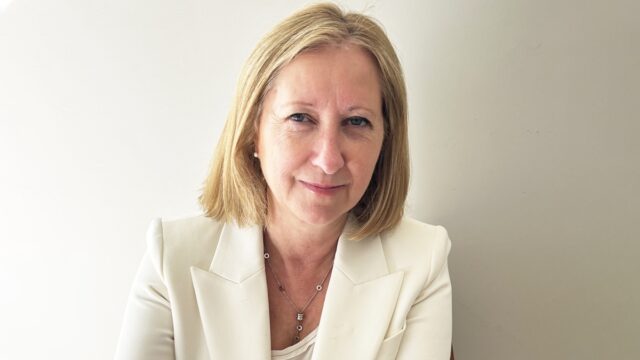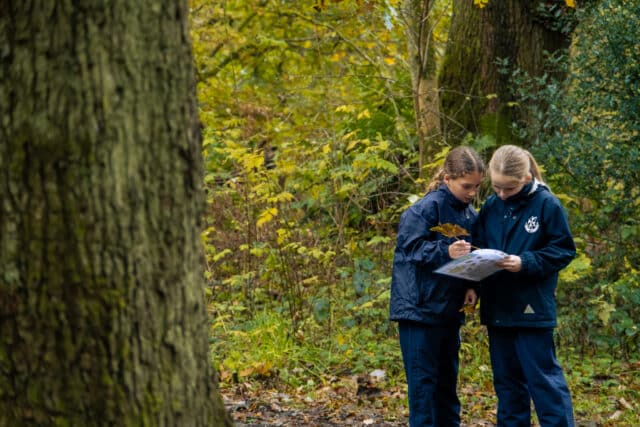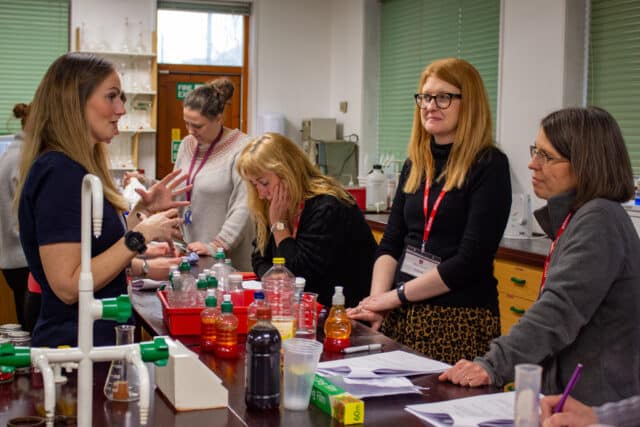Blog
Turning mirrors into windows

Lorraine Davidson
CEO, SCIS (Scottish Council of Independent Schools)
Read the blog
Education has once again moved high up the political agenda, the air thick with policy pledges – to deliver increased per pupil funding, recruit more teachers and break down barriers.
Unsurprisingly, as politicians look to the general election and beyond, that has also placed independent schools in the spotlight as never before. And that is to be welcomed. Because it presents the sector with an excellent opportunity to share stories of success that perhaps we don’t always speak of enough – so often forged in partnership with local authority schools, for the benefit of all.
One thing most politicians can agree on is that we owe it to our children to empower them to be all they can be, to achieve, or even exceed, their potential.
And in Scotland, ideas have also been coming in at pace, after the Scottish government embarked on the largest listening exercise in the history of Scottish education – canvassing the views of more than 38,000 people.
Meanwhile, Professor Louise Hayward’s review of qualifications and assessment has, of course, suggested much too, from replacing exams at age 16 and creating a new Scottish Diploma of Achievement to a cross-sector commission on artificial intelligence.
Another of the Professor’s recommendations that stood out was to work in partnership with countries with similar aspirations to Scotland to develop qualifications and assessment. To “learn from experience within Scotland but also to be outward looking”.
It echoes something the American journalist Sydney J. Harris once said, ‘that the whole purpose of education is to turn mirrors into windows’. An observation that holds true, whether in the context of expanding young minds during a lesson on the sun and the stars or the occasionally heated political debate over the role of independent schools in Scotland’s education system. A debate that can sometimes unhelpfully dwell more on our points of difference than our common commitments and passion to equip young people with the skills, knowledge and positive attitudes to be good citizens, to work, to improve life chances.
Critics sometimes argue that there has been a temptation in the past for some in education to look a little too much at themselves, inwards instead of outwards, and having conversations in silos.
But what I can certainly say with conviction is that, less than a year into my role as Chief Executive of SCIS, it is abundantly clear to me that communities across Scotland’s independent and state schools can take immense pride from what we are accomplishing together for the good of all through partnership working. Talking to each other, learning from one another more than ever. Throwing those windows wide open to broaden our view.
So, what does this coming together of Scotland’s state schools and independent schools, most of which are charities, look like and what is the effect?
Even the most straightforward and low-key educational partnerships can bring huge benefits to many. Several schools have demonstrated large ambitions for their partnership working, with a determination to contribute to society and the educational outcomes of as many children and young people in Scotland as possible.
These life-changing partnerships range from Dollar Academy’s International Sustainability Diploma, which is being piloted by several state and independent schools this year before being rolled out to all learners in Scotland next year, to George Watson’s College in Edinburgh and The High School of Glasgow helping deliver the teaching of Mandarin across Scotland’s largest cities to Robert Gordon’s College in Aberdeen supporting the future growth of the Scottish tech ecosystem by offering SQA-accredited Higher Computing Science and Higher Applications of Mathematics – including for students who cannot access the subjects at their local school.
Tens of thousands of secondary pupils, meanwhile, have benefited from an initiative launched by The Glasgow Academy during the Covid pandemic to enhance online provision across secondary education, helping address serious inequities in access to online learning during a national crisis. Essentially, bringing Scotland’s best teachers from lots of schools to the phones and tablets of every young person in the country.
This is not to suggest that Scotland’s independent schools have all the answers. Far from it. And, through partnerships, massive personal gains can accrue not just to thousands of state school pupils each year but also to pupils in independent schools and staff in all schools. Building bridges, sharing learning and growing mutual respect between schools – enabling school communities to engage in new discussions and gain new perspectives as they share resources and knowledge – can lead to exciting classroom and extracurricular provision.
It can bring pupils together in a positive and often innovative learning context that breeds greater confidence and understanding, and enables teachers and support staff to benefit from high-quality continuing professional development and the sharing of expertise, with good practice disseminated widely to help everyone.
However, we are all held back by the absence of a formal mechanism in Scotland for discussing partnership initiatives to help our children and young people reach their potential. Instead, our schools tend to speak to their neighbouring state schools, third sector organisations and community groups as they try their best to make a valuable contribution.
If the value – and full potential – of partnership working among our sectors could be more widely recognised by more politicians, we could make an even more impactful contribution, aligned with the needs of learners.
School Leaders Scotland recently held a mini conference between independent and state school heads where knowledge and expertise was shared across schools. It was an important step forward in breaking down barriers and building a system in which all learners benefit from the rich tapestry of Scottish education.
If independent schools could be more widely seen as an untapped resource to be developed, in the interests of all our young people then together we could create innovative solutions to the challenges all parts of the education community are facing.

